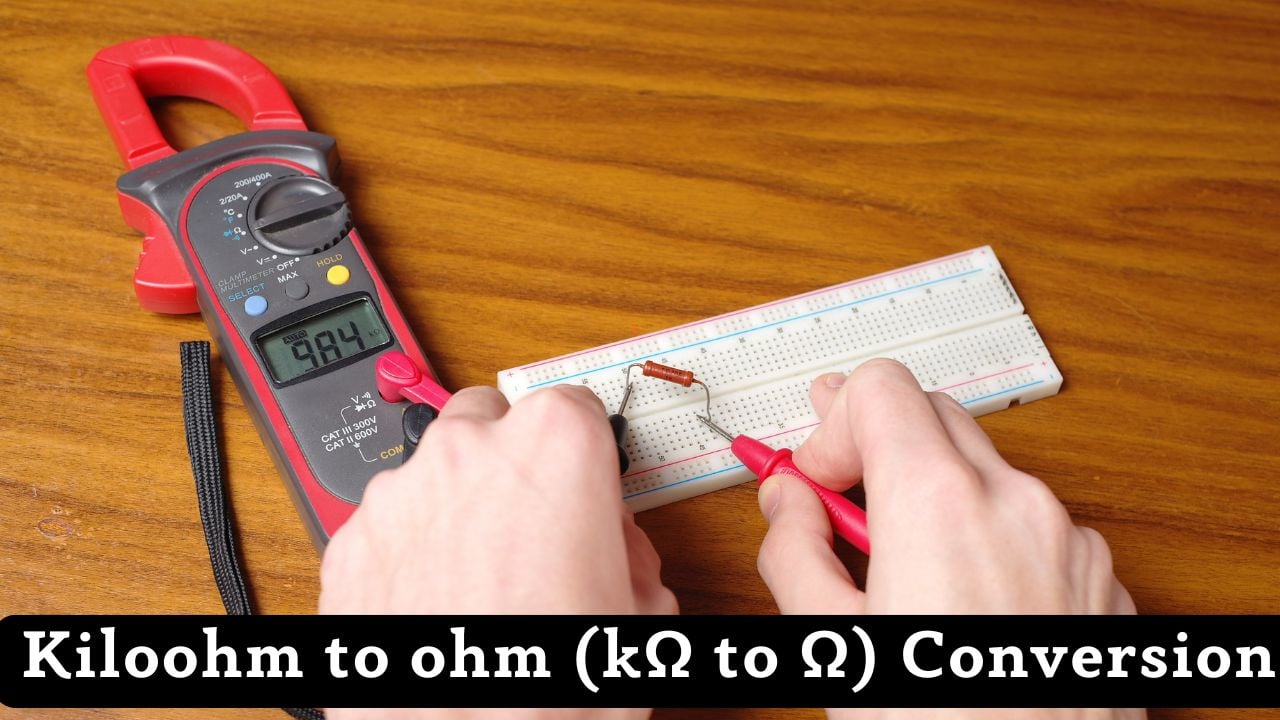Kiloohms to Ohms Converter
Convert kiloohms to ohms.

Table of Contents
How to Convert Microohms to Ohms
To convert microohms to ohms, you simply divide by 1,000,000 (10⁶), because:
Microohms to Ohms Formula
Ω = µΩ × 10-6
Ω = Resistance in ohms
µΩ = Resistance in microohms
Quick Trick: To convert microohms to ohms, multiply by 10-6!
Example
Imagine you have the following measurement:
- Resistance entered: 500,000 µΩ
Here’s how we figure it out:
Applying Formula:
Formula: Resistance (Ω) = µΩ × 10-6
Calculation: 500,000 µΩ × 10-6 = 0.5 Ω
Answer: 0.5 ohms
Microohm (µΩ)
Microohms are a standard unit of resistance. Here’s what you need to know:
- Used to measure very small resistances.
- 1 microohm is one-millionth of an ohm.
Ohm (Ω)
Ohms (Ω) are the standard unit of electrical resistance in the International System of Units (SI), quantifying how much a material opposes the flow of electric current.
- Used to measure electrical resistance.
- 1 ohm is the resistance that allows one ampere of current to flow with one volt of electrical potential.
Kiloohms (kΩ) to Ohms (Ω) Conversion Table
Formula: Ω = kΩ × 1,000
| Kiloohms [kΩ] | Ohms [Ω] |
|---|---|
| 1 kΩ | 1,000 Ω |
| 5 kΩ | 5,000 Ω |
| 10 kΩ | 10,000 Ω |
| 20 kΩ | 20,000 Ω |
| 50 kΩ | 50,000 Ω |
| 100 kΩ | 100,000 Ω |
